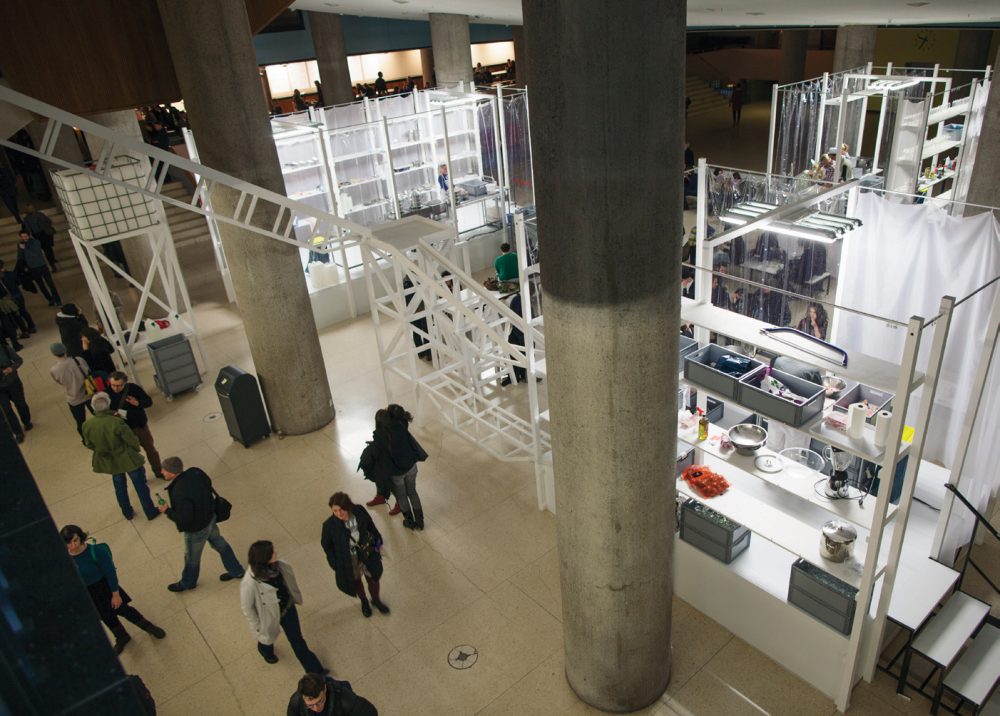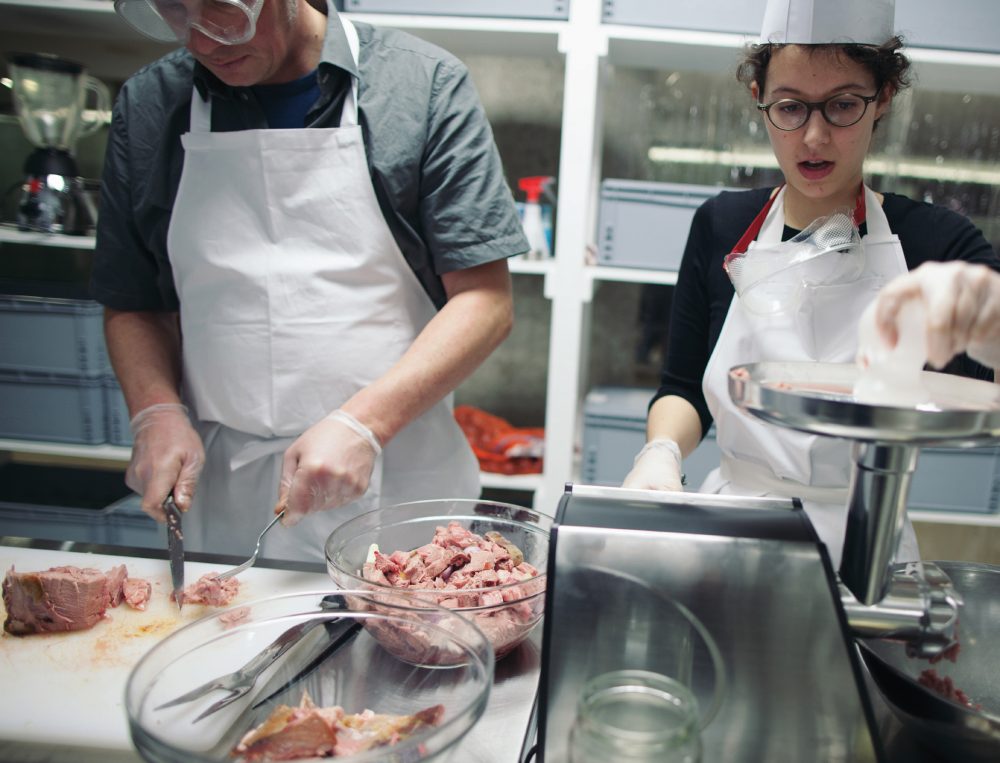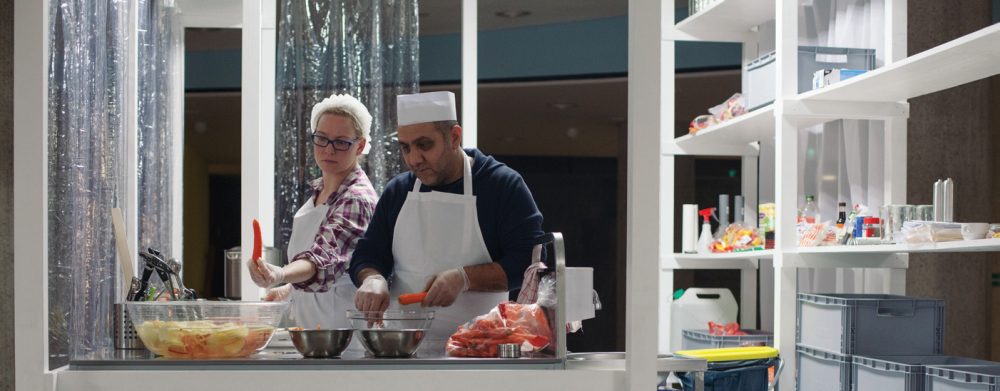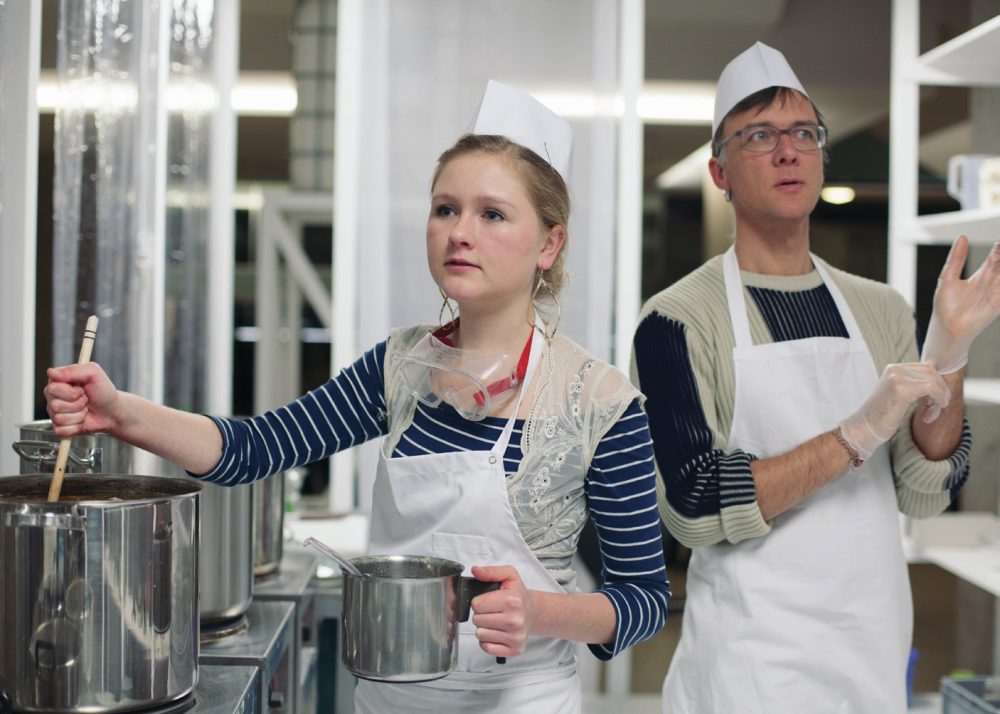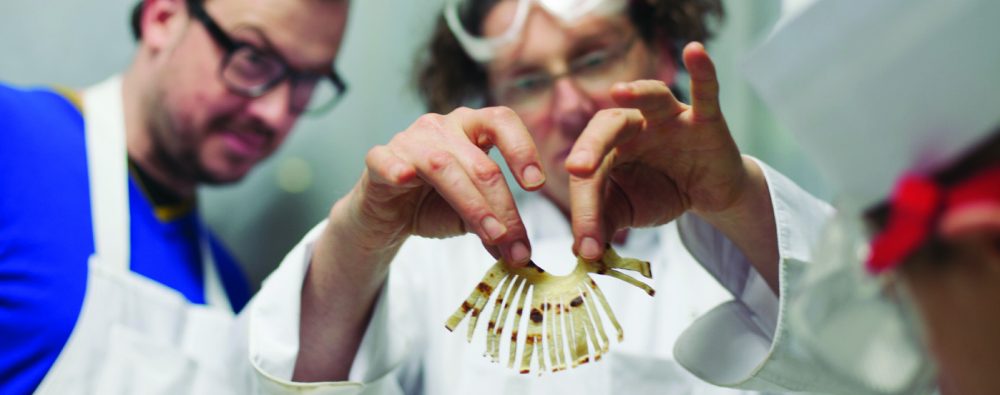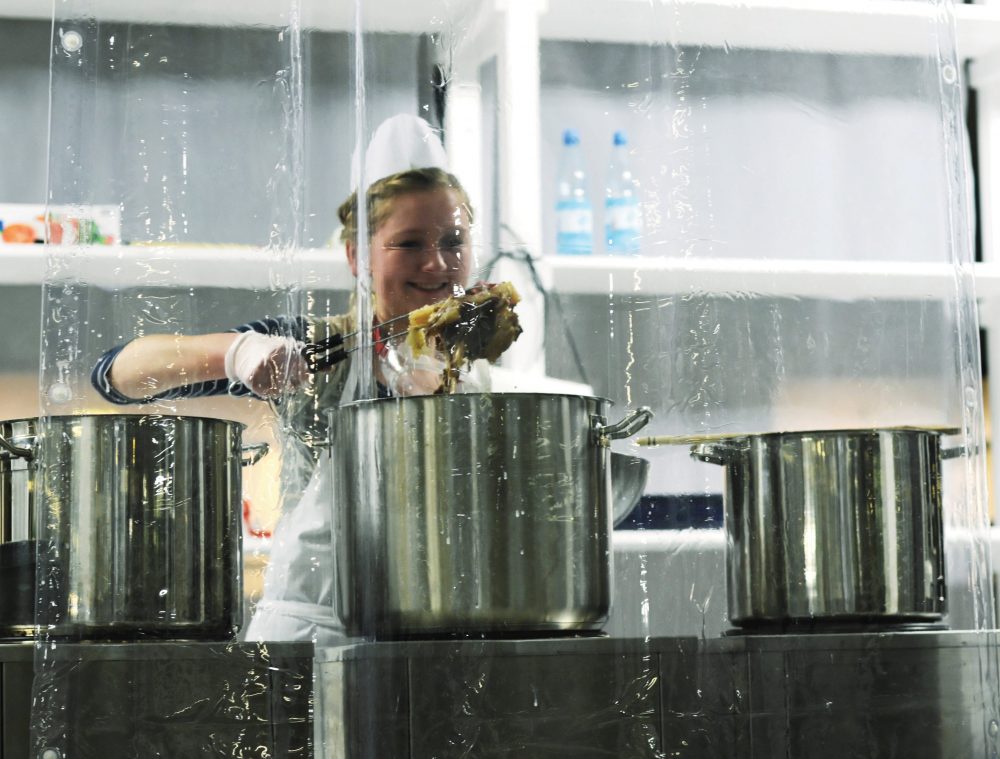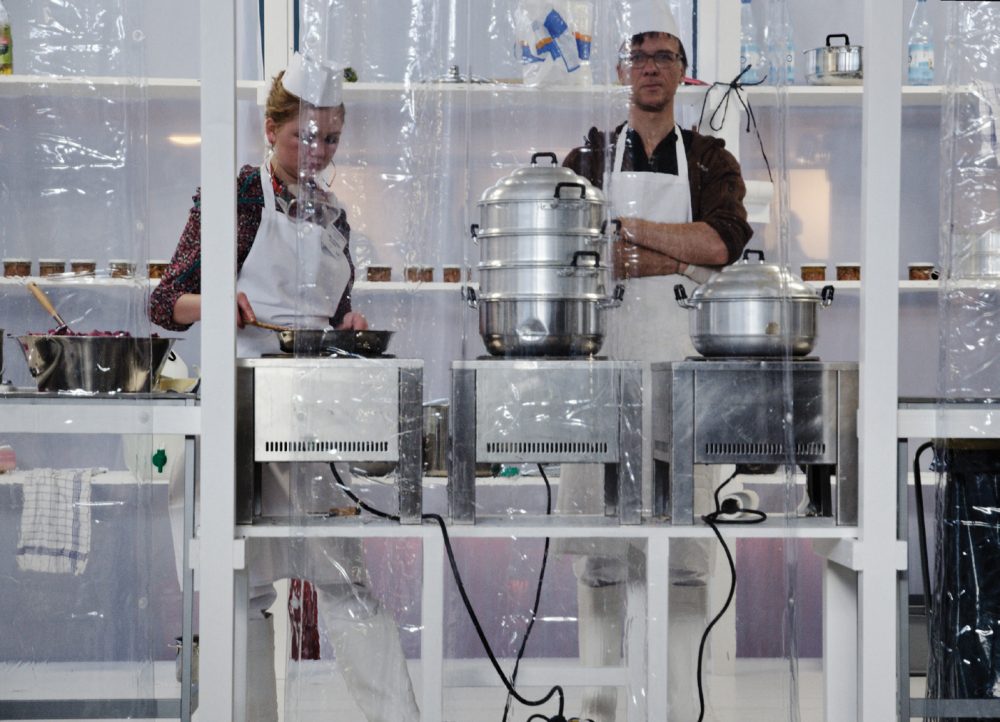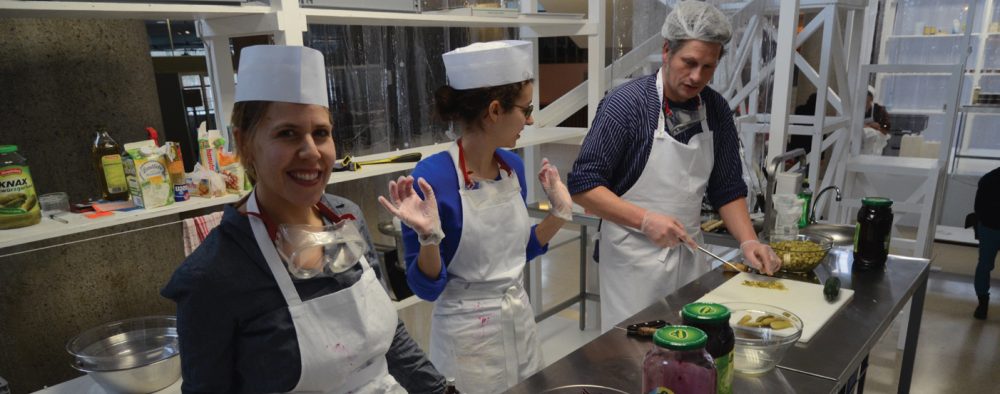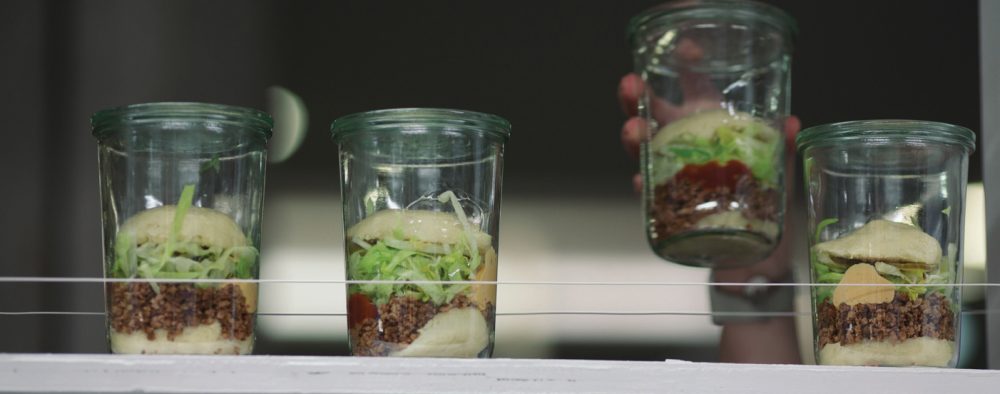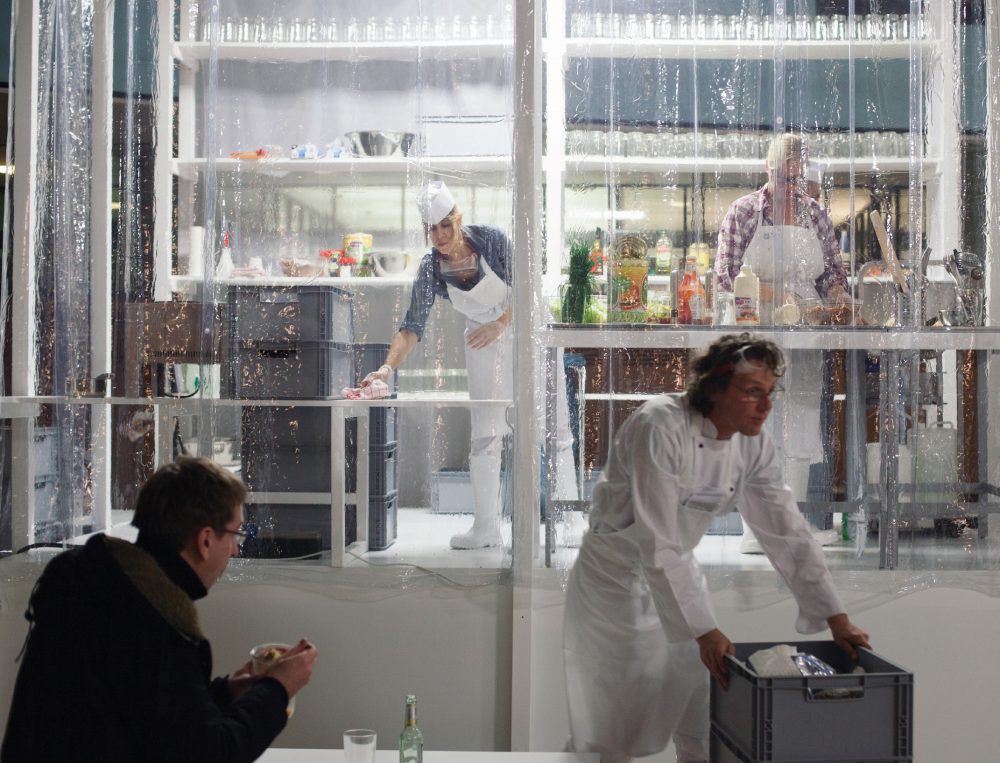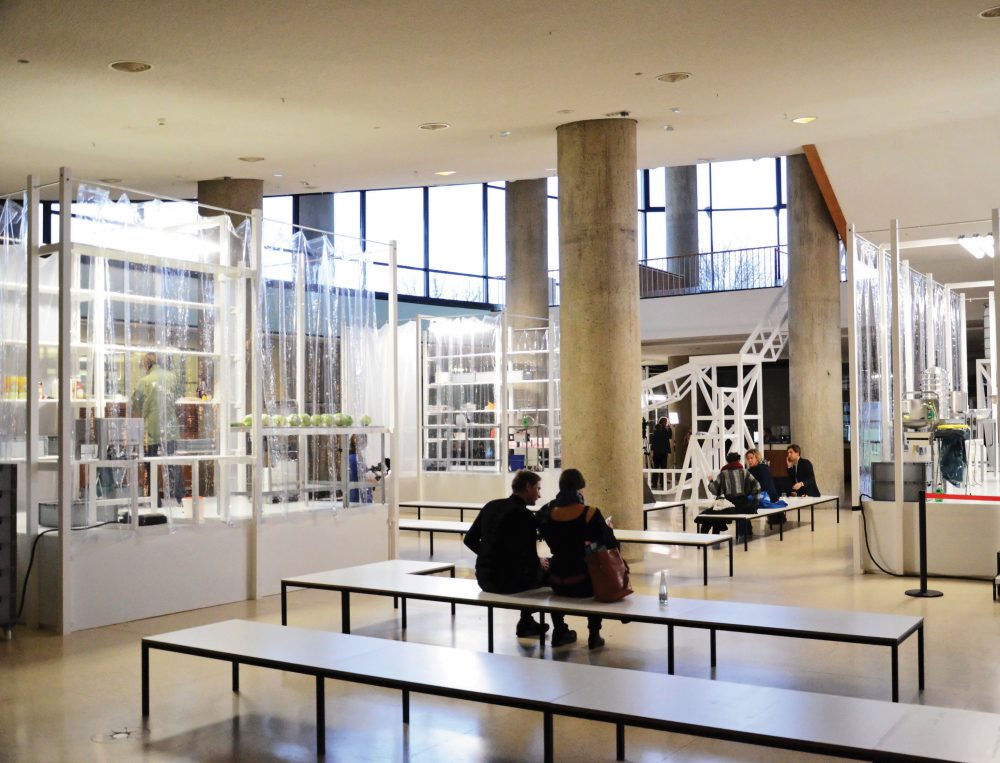
Deconstructions of nutrition
We rely on machines to feed us much more than we realize. Revealing the mechanized processing of food demonstrates a manipulation through heating, cooling, chopping, grinding, assembling etc.. that we rarely see though as eaters, we encounter processed foods on a daily basis.
Throughout human evolution, people have relied on food that has undergone some sort of processing from highly primitive means involving rocks and stones to highly precise computerized technology in order to keep us alive. Processing begins the progression of deconstruction and mastication of nutrition that is required for human digestion. Through these processes the form and format of food become changed, so much so that the recognition of the original source of nutrition is often completely altered.
Through this project, the revelation of this process demonstrates the co-evolution of human and machine that has taken place to enhance the emergence of cuisine and ultimately access to nutrition that helps the species perpetuate and survive.
The kitchen is represented by four metabolic stations- chopping, steaming, assembling, and serving. Through a highly controlled, mechanized and sanitized procedure, an entire cow is deconstructed into a cooked meat puree. The sum of all the parts become reduced into a singular mass with one dimensional taste and texture. The cow then becomes a foundation for experimentation including processes of preserving, canning and reconstruction into recognizable and non-recognizable formats over the course of four days.
1. Hamburger
The hamburger was represented in a layered construction of steamed bread, ground meat, secret sauce, and salad served in a jar. The burger in a jar forced eaters to encounter methods of disassembling and eating outside expectations, which further deconstructs the cow-to-burger format.
2. Labskaus
Originally a sailor’s dish of the Hanseatic region combining salted preserved meat and provisions of degraded quality which were ground into a puree to feed sailors with limited chewing ability caused by the scurvy induced on long voyages. The name is interpreted in Norwegian as ‘easy chewing’. The German labskaus consists of salted beef, potatoes, onions and beets, with herring and egg. We used the preserved meat from the cow and provisions such as the sailors had as the foundation for this dish, demonstrating food as decomposition of form and format.
3. Rindsuppe mit Frittaten
A hot jar of soup represents transformation of food and flavor from one medium to another. The bones from the single cow were taken and cut; saving the fat, marrow and meat clinging to them. The bones then underwent a long process of transformation into bouillon through heat by simmering in water. A bouillon was achieved when flavor had transferred from the bones into the liquid. The bouillon was preserved in a large frozen mass which was then portioned into glass jars and eventually transformed by a microwave into hot soup, served traditionally in Germany with sliced crepes.
4. Pizza
One of the most universally iconic foods was ground into an unrecognizable mass and served in a jar. Does the deconstruction of the ingredients, shape, and texture result in a food that is different or the same as the original pizza? What tastes are lost what are enhanced? Four different Berlin Pizzerias were sampled so eaters could experience a wide variety of pizza puree variables.
The metabolic kitchen was produced by the social architecture group raumlabor for the Anthropocene Project at the Haus der Kulturen der Welt in Berlin 2013. I performed as food consultant and head chef.
